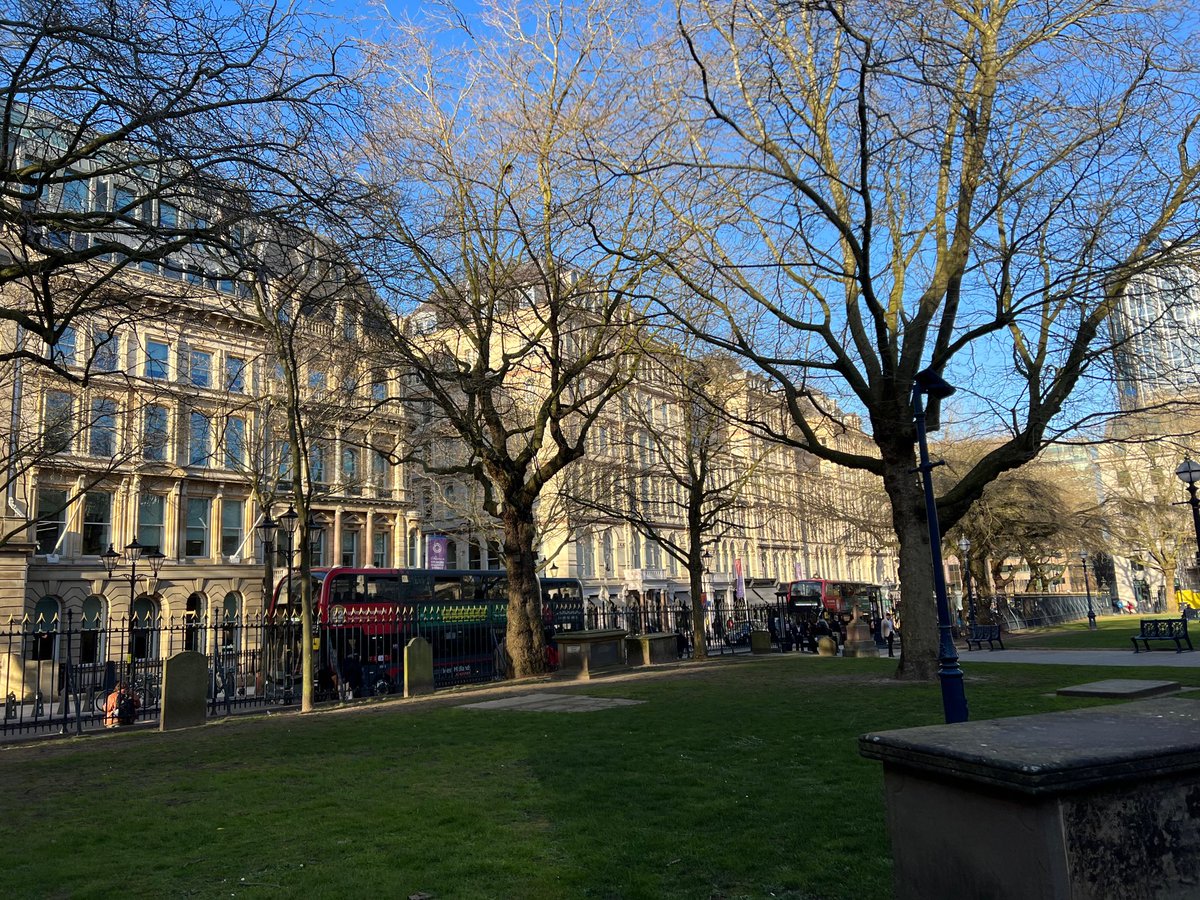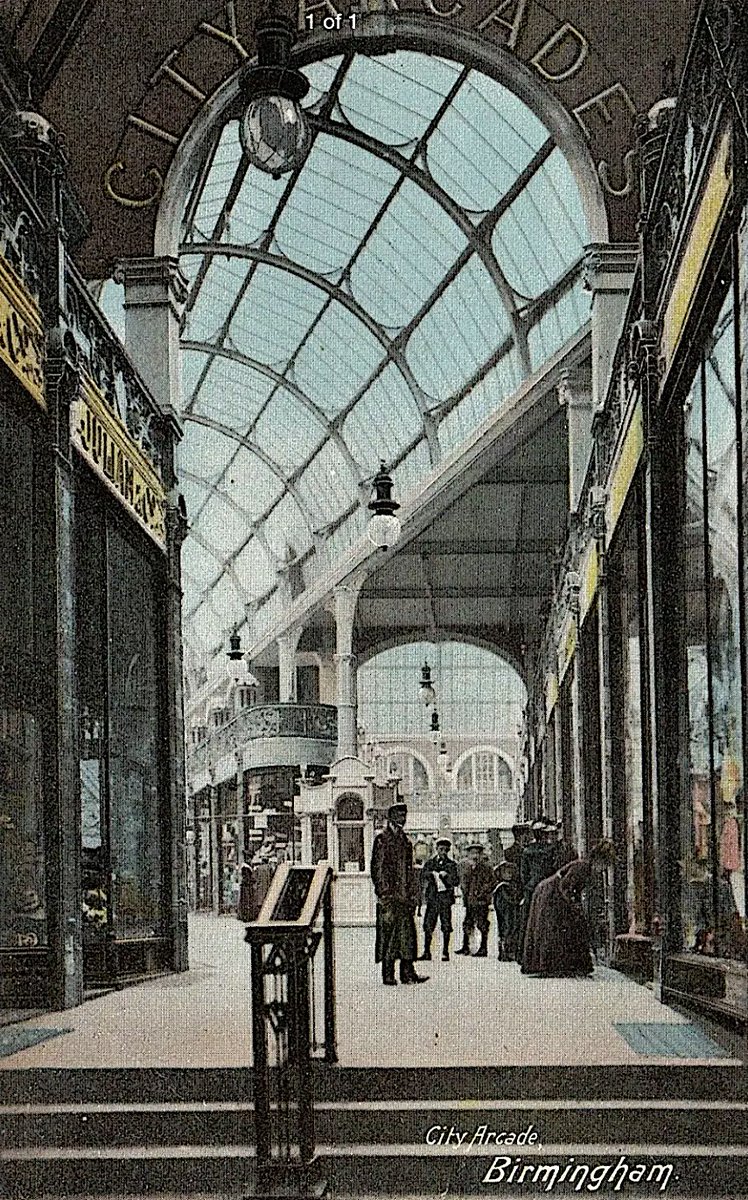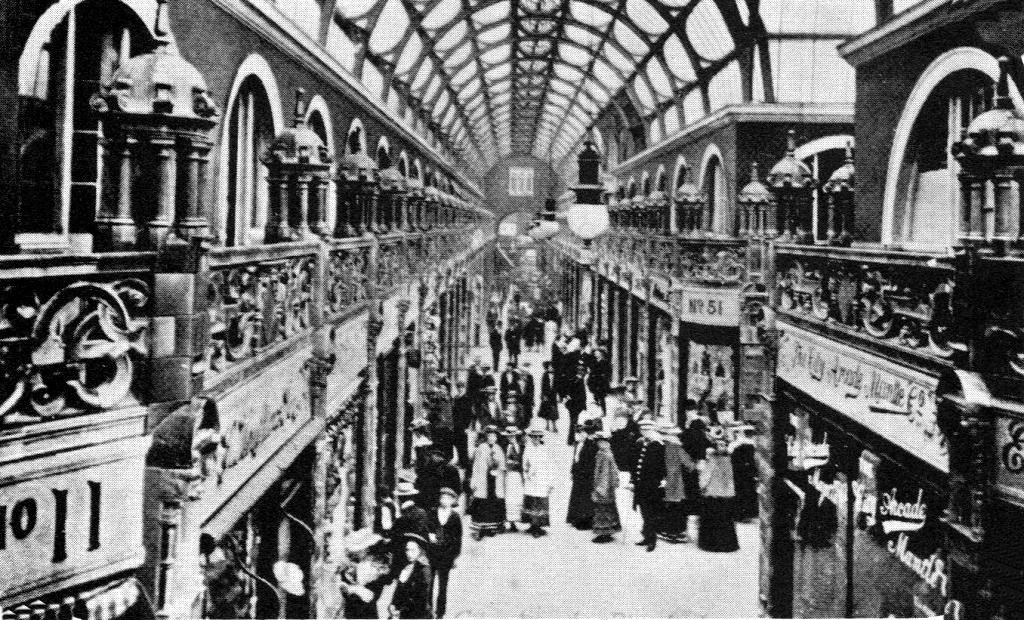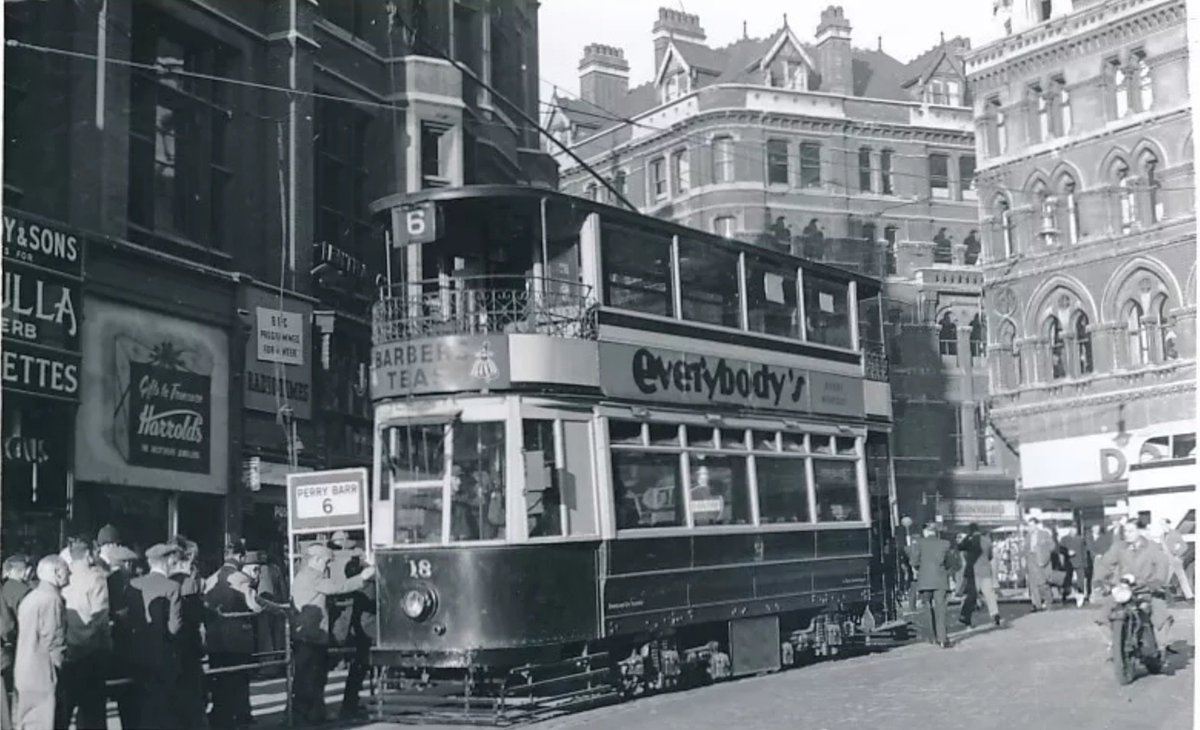1/21 Amid such bleak news from Birmingham here’s a more detailed look at something distinctive about it - its legacy of inter-war art deco private flats. No other UK city outside London has so many, and there are virtually none in the obvious peers like Leeds and Manchester.
2/21 The earliest example is Calthorpe Mansions on Frederick Road at Five Ways. 41 2 and 3 bed flats, built 1931, before many of the London examples, by Joe Cohen. Cohen was born in Ladywood and later set up the Jacey cinemas chain (his initials).








3/21 It has quite an interesting frontage onto what is now the otherwise grim Islington Row Middleway, part of Manzoni’s middle ring which smashed through here. Looks a bit like a cross between something you’d see in the middle ring of a German city and a Glasgow tenement. 

4/21 Then up the Hagley Road to Kenilworth Court, arranged in a semicircle at the junction with Chad Road. 52 apartments in 5 blocks, built 1936 (I think) by Cohen and fellow Jewish Brummie property entrepreneur Jack Cotton.






5/21 Incidentally Cohen also built houses thus the odd “Jacey Road” in the Midlands. There was one around the corner from me in Shirley; the comedian Stewart Lee grew up there IIRC. (Cohen was also involved in the first lease for the Electric Cinema, currently in the news)
6/21 Further up Hagley Road, beyond the Oratory (of Cardinal Newman fame), on the corner with Rotton Park Road, is Norfolk Court. Couldn’t find out much about this one, but possibly also built by Cohen. I love the entrance and the tall corner window.




7/21 And then into a lovely bit of Victorian rather than Georgian Edgbaston, just outside the Calthorpe estate I think, around St Augustine’s Church (1868). Designed by J.A.Chatwin, who was also responsible for most of colmore row and the old joint stock (pictured here)








8/21 And in the corner of the square in which the church sits, Moorland Court. Don’t know much about this one except again probably built by Cohen. Perhaps the most immediately attractive given its location, aided by some peach blossom.






9/21 Final Edgbaston ones, two next to each other just around the corner from here on Holly Road, Westfield and Melville Halls. Again, I haven’t got any more details.








10/21 Tolkien lived in various houses around here; after his mother converted to Catholicism and wanted to be near the Oratory. Cotton and Tolkien attended the same school, the old King Edward’s School on New St.
11/21 That didn’t stop Cotton buying and demolishing the old building, designed by Barry and Pugin (one of their next jobs was Parliament) and replacing it with King Edward House. A loss but at least the new building, unlike some later replacements, has a decent urban scale.




12/21 Finally, on the other side of Edgbaston, Viceroy Close. The largest, I think, the only one with architectural commentary and the most admired. 14 blocks of 4-6 storeys, designed by Mitchell & Bridgwater.








13/21 Each block has a sculpture over the front door, designed by the renowned Oliver O’Connor Barrett. 

14/21 These blocks are on the edge or just outside the aristocratic Calthorpe Estate. Its policy was to develop more middle class homes on the edges to “protect” the upper class core. The context here - this is basically a mile from new street.








15/21 Quite close, but just into neighbouring Moseley, is Pitmaston Court, the largest single 1930s block in the city. It’s in a very leafy area, close to Joseph Chamberlain’s Highbury (now, with its surrounding park, owned by the council)






16/21 Further south east, in the deep 1930s suburbia of Hall Green, there’s some great lower rise flat blocks, including the modernist Petersfield Court (1935) on the Stratford Road, designed by F W B Yorke. There are a few other more restrained examples nearby.




17/21 Yorke had restored churches across the midlands, but here he was clearly influenced by his son FRS Yorke, the father of English modernism.
18/21 Yorke Jr grew up in Stratford-upon-Avon, studied at the Birmingham School of Architecture (alongside the likes of Gibberd and Sheppard) and set up the MARS Group before working for a few years with Bauhaus architect Marcel Breuer.
19/21 With these flats you get a real feel for how affluent and vibrant Birmingham was in the 1930s - wages were high, its leadership progressive, it had just become the 2nd largest city, and had attracted leading figures in literature, music, architecture, the visual arts
20/21 Brum suburbia (its southern bits especially) are remarkably architecturally rich and interesting (as well as very leafy). The northern cities can’t really compare here. The city should make more of it - take these flats for example, there’s almost nothing written about them
21/21 As Jonathan Meades says: “[Birmingham’s] southern suburbs are lavishly green, and they are picture-book anthologies of all the domestic architectural styles of its long innings as the manufactory of the world.” Yet the city’s image is so at odds with that.
• • •
Missing some Tweet in this thread? You can try to
force a refresh























